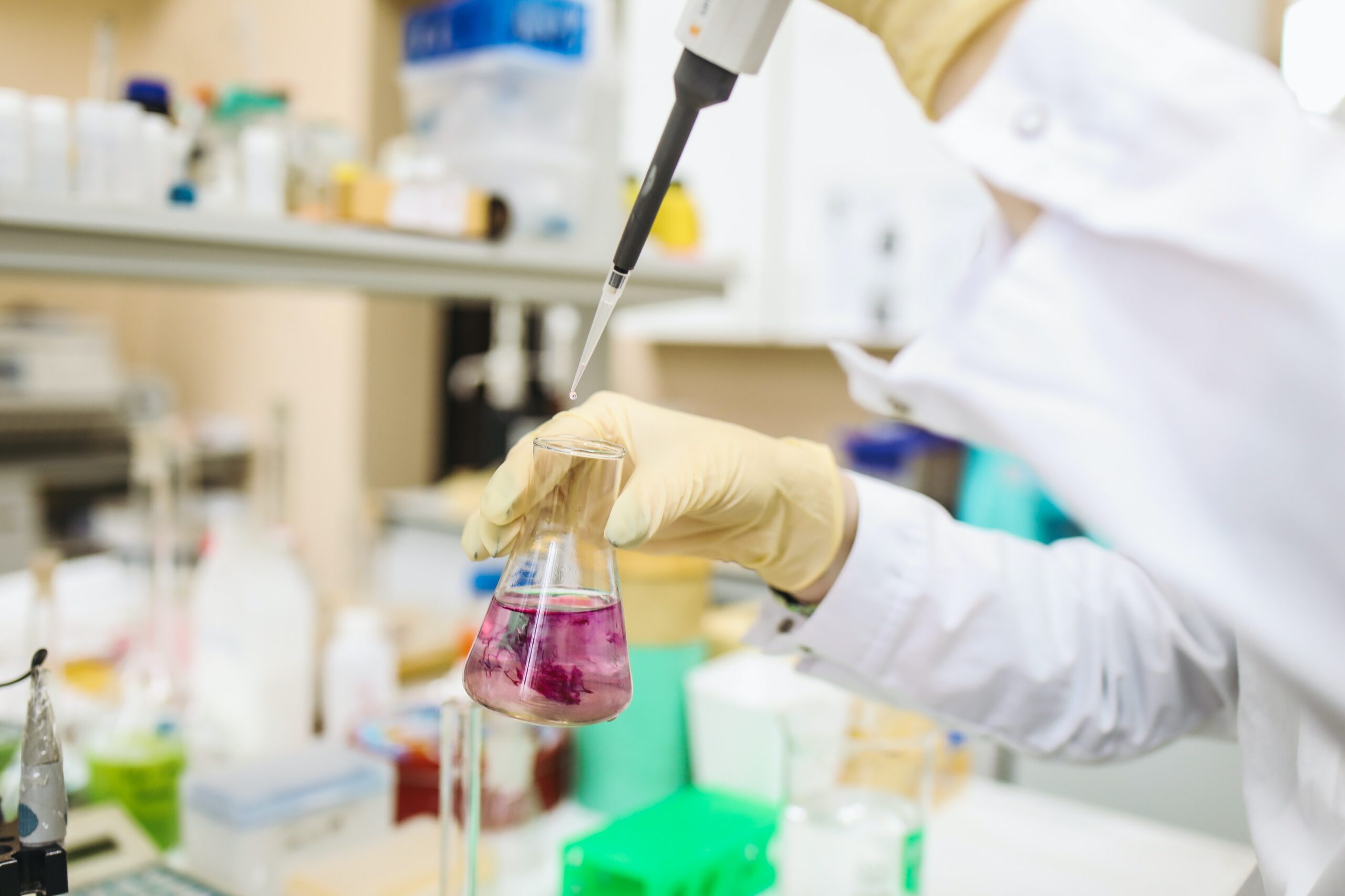Year 12 Chemistry begins with the concepts of open systems and closed systems. This will set us up to better understand static and dynamic equilibrium as well as non equilibrium…

Year 10 science provides some foundational chemistry knowledge such as understanding the difference between atoms, molecules and compounds, some different types of chemical reactions, and writing chemical equations. This foundational knowledge can be helpful to understand and can set you up for success in HSC chemistry.
Today on the blog we will provide a basic introduction to chemical reactions and writing chemical equations to make sure we have covered all the foundations knowledge so we can move forward with confidence.
What is a Chemical Reaction?
A chemical reaction is when a substance changes and becomes another. When a chemical reaction occurs the atoms are rearranged to form new substances.
Chemical reactions are all around us; occurring in the earths atmosphere and oceans, in our digestive system, when people make glass or pottery, or brew beer and make cheese. Humans have a long history of activities incorporating chemical reactions.
Chemical reactions are different to physical changes. For example, when ice melts into water it has changed physical state but it’s chemical composition has stayed the same.
However; if water encounters sodium metal (Na), the atoms will be redistributed to give the new substances molecular hydrogen (H2) and sodium hydroxide (NaOH). The chemical composition has changed. A chemical reaction has occurred.
The standard method to represent what is happening in a chemical reaction is by writing a chemical equation.
Writing a Chemical Equation
The general form of a chemical equation is: Reactants → Products.
The reactants in a chemical equation are present at the beginning of the reaction, and the products are the substances that are produced in the reaction. The reactants are always written on the left side of the equation and the products on the right.
For example, iron(Fe) and sulfur (S) combine to form iron sulfide (FeS).
Fe(s) + S(s) → FeS(s)
The plus sign indicates that iron reacts with sulfur. The arrow signifies that the reaction “forms” or “yields” iron sulfide, the product. The state of matter of reactants and products is designated with the symbols (s) for solids, (l) for liquids, and (g) for gases.
Conservation of Matter
The law of conservation of matter states that matter is neither lost nor gained in traditional chemical reactions; it simply changes form. If we have a certain number of atoms of an element on the left side of an equation, we have to have the same number on the right side. This implies that mass is also conserved during a chemical reaction.
In future blog posts we will look at how to balance a chemical equation, but for now, simply understanding what a chemical reaction is, and how to represent it with a chemical equation will set us up for future success.
Getting Help Writing Chemical Equations
There is a wide range of skills and knowledge covered in year 7-10 science. It is no wonder that many students find it challenging. Having a full comprehension of what is being taught in these junior years will set you up for success in the HSC.

Year 7 – 10 Science Tutoring
Master Coaching offers one on one tutoring for year 7-10 science. We are located in Hurstville Sydney, and also offer online tutoring to students across NSW.

Head Start to Year 11 Chemistry
Master Coaching is offering a holiday program to students who have finished year 10, and are about to start year 11 Chemistry. The best way to succeed in the HSC is to make sure students understand the foundations so they can follow along with what is being taught to them when year 11 gets underway.



